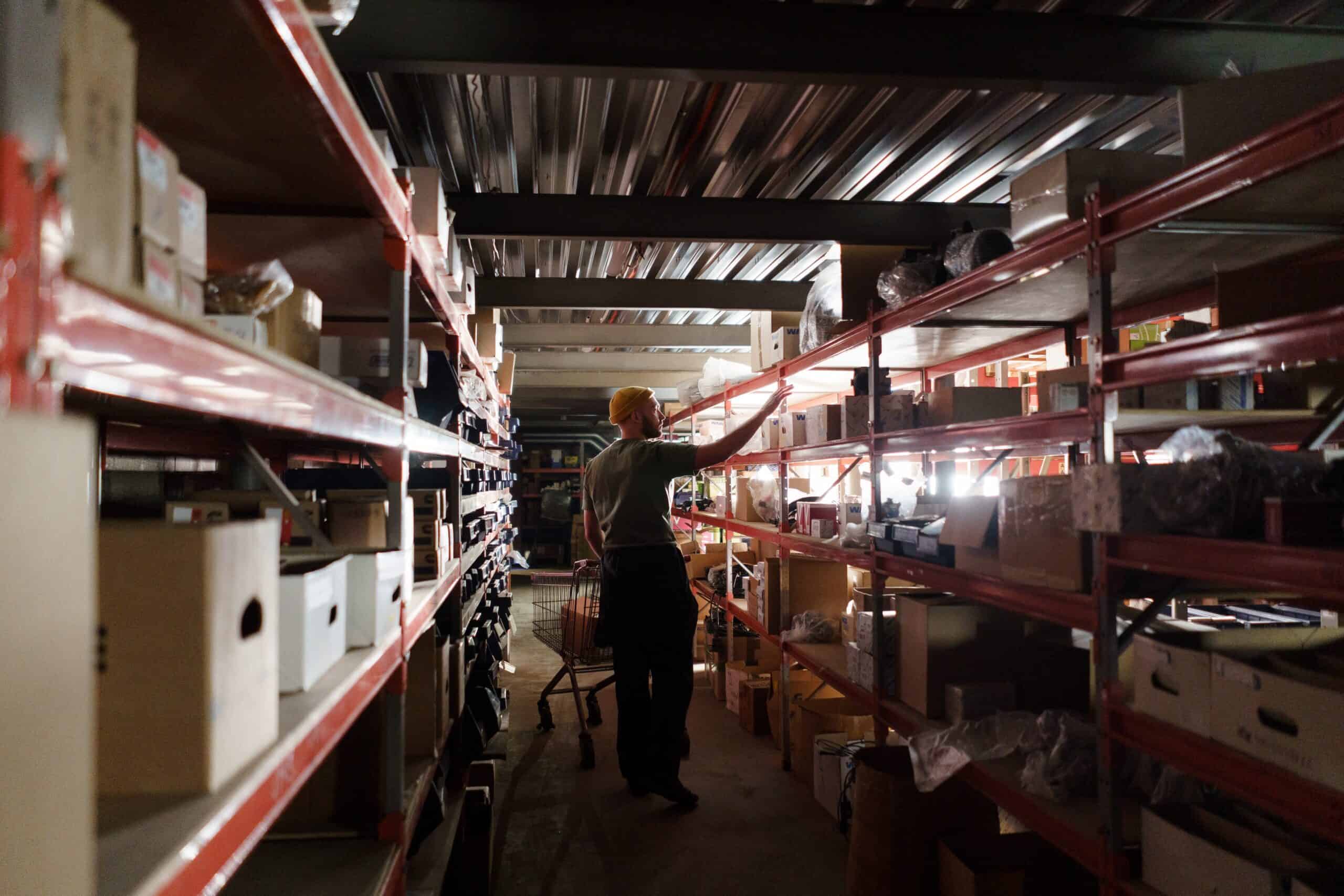As we’ve witnessed over the past couple of years, disruptions to the supply chain can cause major issues with eCommerce fulfillment. When product demand exceeds the available inventory and orders cannot be fulfilled, it is a stockout.
In this article, we’ll explore just what stockouts are and ways to avoid them in an effort to keep your business healthy.
How Do Stockouts Work?
Stockouts occur when an item that a customer orders is not actually part of your product inventory. When this happens, the item can be placed on backorder and you can let the customer know it is expected to arrive soon. They may choose to wait or they will instead cancel the order and purchase the item elsewhere.
What Is a Stockout in Supply Chain Management?
A stockout in supply chain management refers to missing parts or items that are needed for the production process. This situation can cause issues for any company dealing with that manufacturer. Lead times are affected, and shipping windows must also be adjusted to accommodate the situation.
If you send vehicles to pick up products directly from the manufacturer, a stockout could require additional trips, which means extra manpower and gas mileage.
What Causes a Stockout?
There are several reasons that can cause a stockout situation to occur. A delay in the supply chain can disrupt inventory replenishment and cause an item to be out of stock.
If the factory ceases production for any reason, it will negatively impact your inventory. If you mismanage your working capital or you have a weak cash flow, you may not be able to purchase the necessary amount of product in order to fill your customers’ orders.
Inaccurate inventory reports also lead to stockout. If the items are not counted correctly and you end up having fewer products than what ends up being reported, your customers will have to wait for the items to come back in stock.
Miscalculating the demand for a highly anticipated item is another way you’ll encounter stockout. If you or your team aren’t aware of the frenzy surrounding an item, you won’t order enough to fulfill orders, resulting in a stockout.
Associated Stockout Cost
No one wants to lose capital, but businesses will likely lose money as the result of a stockout. Here are a few reasons why money is lost due to a stockout:
- Cancellations: A refund must be issued when an order is canceled due to an out-of-stock situation.
- Negative Brand Perception: If you constantly experience stockouts, it will reflect poorly on your business. You’ll begin to build a reputation of not having the products that people need most. As such, potential customers will instead choose to take their money to another company without even checking your site.
- Markdowns: As part of customer retention, discounts may be offered to customers looking to cancel their orders as the result of a stockout.
How To Calculate Stockout Rate
Your stockout rate is the percentage of unavailable items that are needed for sale. To find that number, divide the amount of out-of-stock products needed by the total of products available in inventory for sale.
How Do Stockouts Affect Your Business?
Businesses suffer from poor inventory management in various ways. Here are some of the common issues that result from stockouts.
Bad Customer Service
When items aren’t in stock, your customers won’t have a good experience with your company. That said, if a viable substitution is available, they may purchase it and consider the stockout a one-off situation.
However, if they consistently visit your site and you don’t seem to ever have the exact product they’re looking for, they are more likely to leave and never come back to your site. Stockouts are part of a negative shopping experience that customers want to avoid.
Loss of Revenue
When customers want to order an item that is currently out of stock, they are far less likely to check your website or physical location to see if it’s available yet. Instead, they’ll shop from a competitor who has the item in stock.
Plus, in the future, they’re more likely to purchase what they need from the other company. That not only yields a loss of immediate revenue but impacts future revenue as well.
Higher Operating Expenses
If you order out-of-stock items with short notice, you’ll end up paying more for expedited shipping. Workers who stay late to fulfill backorders must be paid, which may include earning overtime to get the orders out on time, meaning costs will be higher on your end.
Poor Reviews
A frustrated customer who is anticipating a delivery but receives an out-of-stock email instead can choose to leave a scathing online review of your company. That can cause potential customers to avoid your company altogether.
How To Avoid Stockouts
As you can see, stockouts are not good for businesses as they can even lead to more problems later on down the line. While you may be unable to completely avoid a stockout since you can’t control every aspect of the supply chain, there are some steps you can take to prevent stockouts.
Anticipate Future Demand
A huge part of inventory management is anticipating customer demand. If you don’t review your sales reports and compare them to inventory reports or don’t pay attention to developments in your particular industry, you will miscalculate the number of products you need to keep on hand.
Pay attention to products that move more in one season than another to optimize inventory levels and keep your customers happy. Lead times should also be analyzed to determine how long it takes for a supplier to send your shipment. That information will let you know when to place a replenishment order to fulfill your customer shipments.
Inventory Management Practices
Another option is to implement a strong inventory management system to keep track of your stock. While keeping too much inventory on hand uses up working capital, you’ll have stockouts if you don’t keep enough products in stock.
That’s why it’s so important to have a safety net to rely on when inventory disruptions occur. Safety stock is the number of items you have to set aside as emergency stock that you can pull from when a sudden surge in demand takes place.
The formula to calculate how much inventory should be part of your safety stock is simple. Multiply your maximum daily sales by the number of days in your maximum lead time. Then, multiply the average lead time in days by the average number of daily sales.
Subtract the total averages from the combined number of daily sales and lead times. The answer to the equation is the volume of safety stock required for you to rest easily at night.
Stock Counts
Conduct regular inventory counts and compare them with what shows up when you run your inventory reports. Depending on the nature of your business, you may choose to perform inventory audits weekly, monthly, quarterly or yearly.
Spot-check your best-selling items to ensure that they are available when regular customers come back to buy them. Also, check the products that experience frequent stock issues to avoid any inventory errors from resurfacing.
Stockout vs Shortage
As previously stated, a stockout means something needed to produce the item ordered is not available. It could be a door handle for a cabinet or a lid for a cookie jar. Either way, the product cannot be completed until that missing part arrives.
A shortage means the parts that are needed are in stock, but there just aren’t enough parts to produce the amount of product that is needed in order to fulfill the order. For example, a cabinet may need eight bolts for assembly, yet only seven are in stock.
Avoid Stockouts At All Costs
Stockouts cause breakdowns, which lead to delays in the supply chain management process. The goal of the supply chain is to get a product from the manufacturer to the end user.
When the product is not in stock, end users get frustrated, operational costs go up, and the overall experience affects the customers negatively. No one comes out of this situation a winner, so it’s best to put strategies in place to minimize the effects that stockouts can have on your business.



